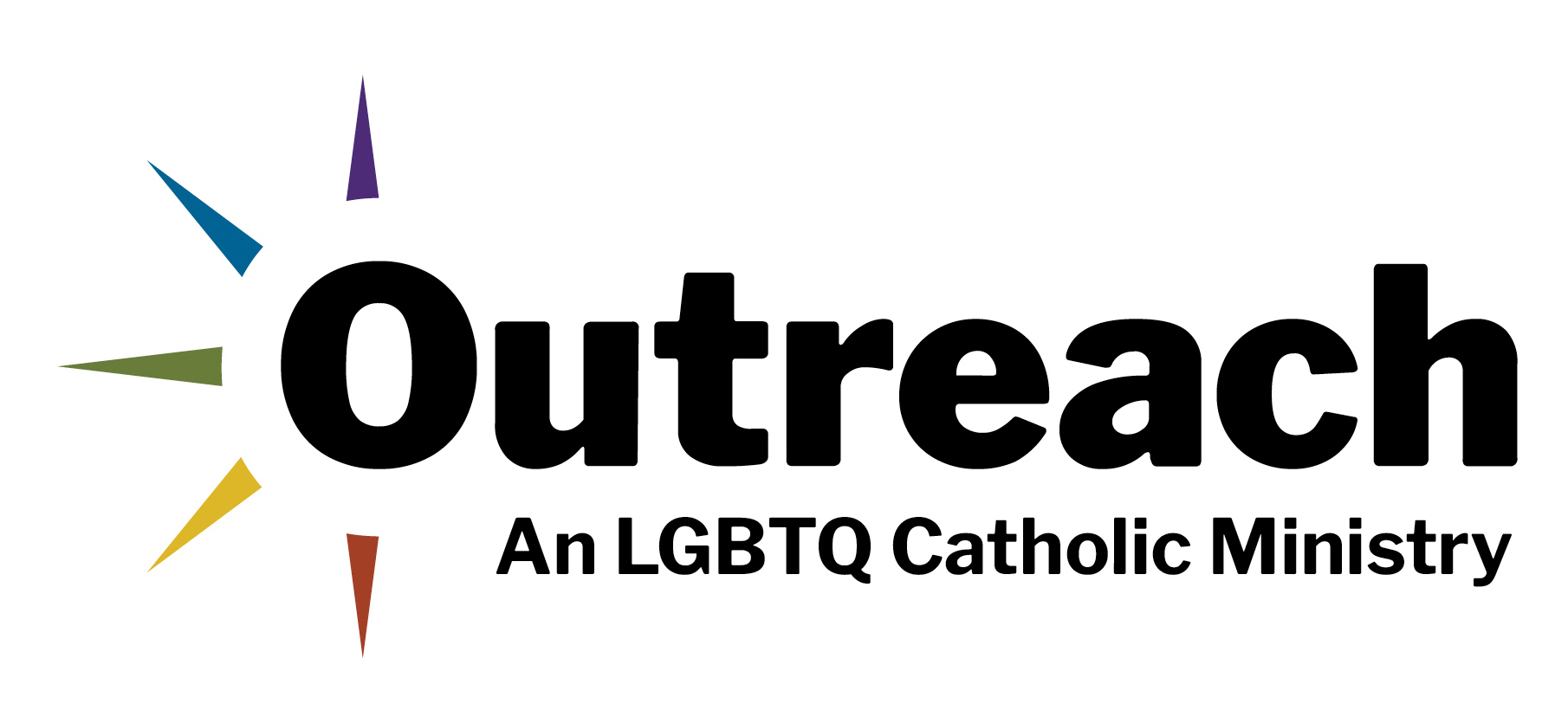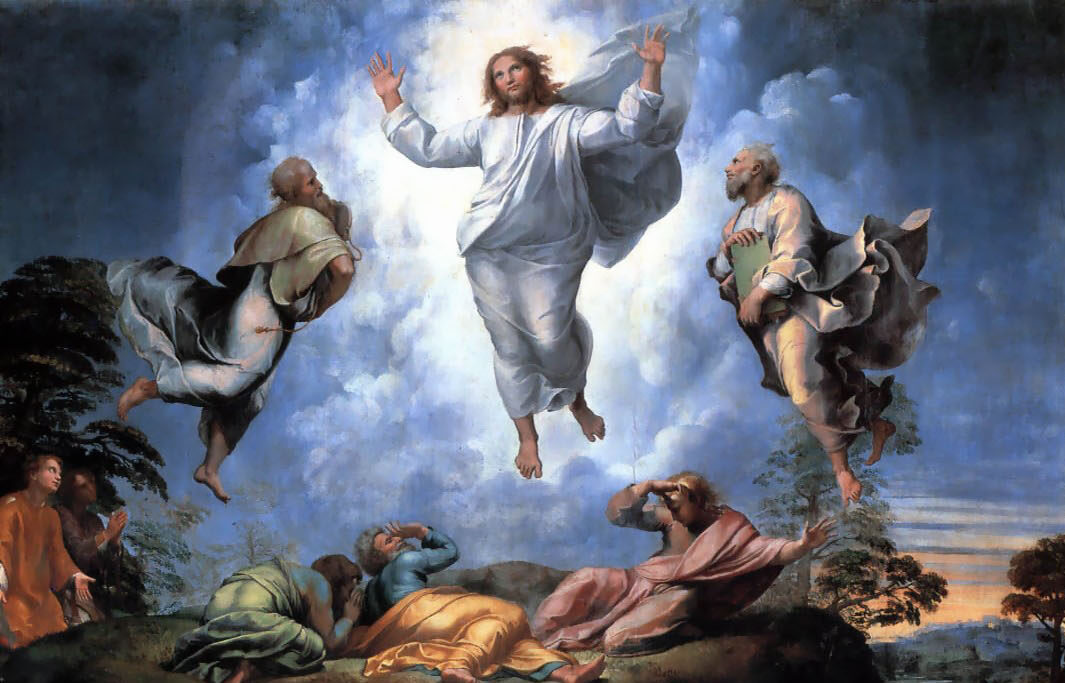On this Second Sunday in Lent, we read one of the three Transfiguration narratives in the Gospels, this one in Matthew (17:1-9). In my nearly four decades in LGBTQ Catholic ministry, I’ve often highlighted this particular event in the Life of Christ. I present these Gospels as Jesus’s “coming out” story, not as gay, but as something else.
In his case, it is Christ’s “coming out” as divine, revealing this truth in a dramatic and unmistakable way to Peter, James and John. In this Gospel story, we can find several parallels to LGBTQ coming-out stories, with guidance and direction not for gay Catholics, but also for the families, friends and the church.
To begin with, this Gospel narrative demonstrates Jesus’s concern with revealing the truth of his identity, how many disciples he would tell and when and where they would be told. From among the Twelve, Jesus takes only three to a remote and isolated mountaintop to reveal his divinity. Likewise, many LGBTQ people must also ask: whom should I tell? Where? When?
How do these disciples respond to Jesus’s revelation on the mountaintop? They fall to the ground, almost crippled with fear. Peter offers to build “three tents.” Another narrative, in Mark, says, “He did not know what to say, for they were terrified (9:2-8). What does Jesus do in response? Does he express anger or disappointment?
No, he acts with compassion and understanding. He touches them and says, as he so often did during his public ministry, “Do not be afraid!”
In an all-too-human exchange, and like so many gay people have said to others, Jesus tells these three disciples not to tell anyone else about his revelation—at least not yet.
For an LGBTQ person, coming out is not a one-time event. Gay people do not come out all at once to everyone. In an all-too-human exchange, and like so many gay people have said to others, Jesus tells these three disciples not to tell anyone else about his revelation—at least not yet.
While there are differences between the three Gospel narratives, they share something in common: Jesus and his three disciples do not remain on the mountaintop, with the disciples struggling with their confusion. Rather, they return to the world with the knowledge and experience of his Good News. They joyfully continue Jesus’s public ministry, spreading the Gospel message. In fact, immediately after this passage, Jesus heals the boy with epilepsy.
Guided by the Transfiguration, let us take comfort in the knowledge that after any bewildering (and sometimes) challenging “coming out” experience, there can be a time of grace where one returns to their regular lives with their own good news and the Good News of Jesus Christ.




